Rebuilding Core Strength After Ostomy Surgery
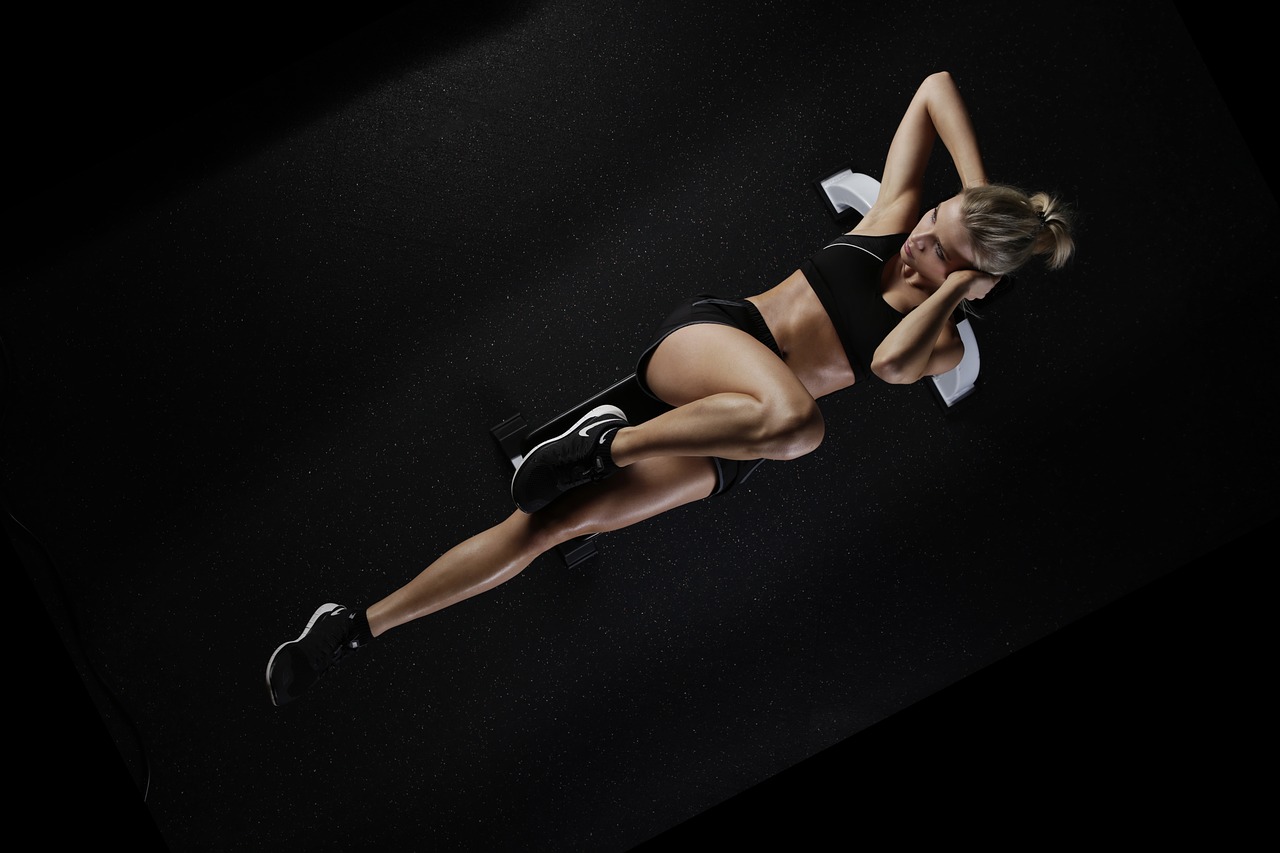
How to Rebuild Core Strength after Ostomy Surgery
In the early days of my surgical recovery, I had a conversation with a wound care nurse who specialized in ostomy care. She came to my house to teach me how to custom fit my appliance. It was during that visit when she told me several stories of patients who simply stop doing the things they loved for fear of injury and/or discomfort from their ostomy. She even told me of a patient who stopped driving her car because of how the seat belt fell across her ostomy. They say ignorance is bliss and in this case, for me, it truly was! Generally, I never considered that I had to stop doing the things I did before my ostomy, so when I recovered from surgery I simply carried on.
Oh sure, of course I worried about how to keep my ostomy snug and secure during activities. I was also nervous about causing a hernia, but I was way more nervous about having an accidental leak or blow out. 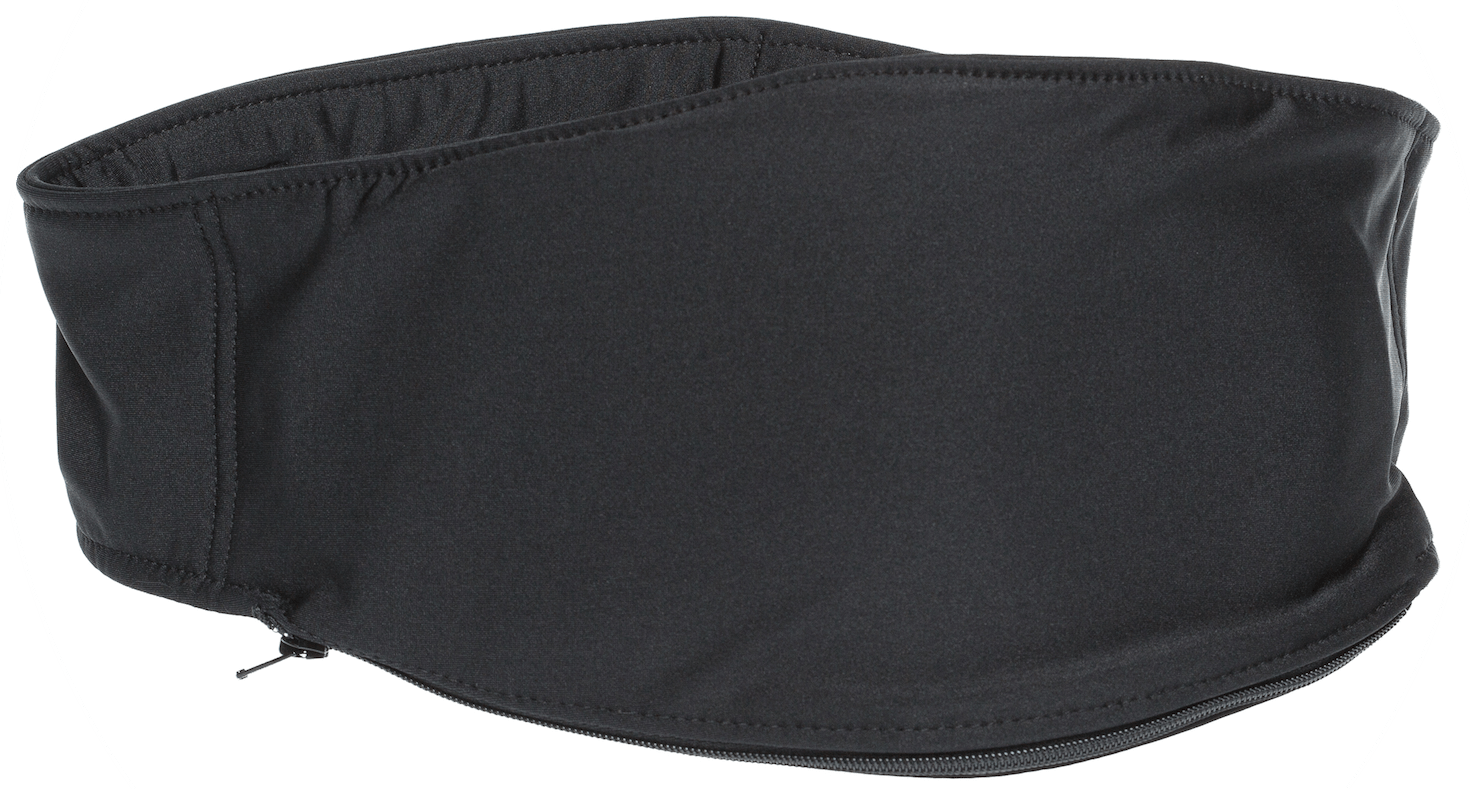 This is the point when I discovered Stealth Belt. With proper support, I knew I could do just about anything.
This is the point when I discovered Stealth Belt. With proper support, I knew I could do just about anything.
By this point in my life I had been a personal trainer for a full decade, so I knew that I couldn’t just hope off the hospital gurney and sign up for Ironman. Because my surgery and the cancer diagnosis had been so devastating, I had to work up to being able to do something as simple as walk into a gym under my own steam. I knew I had to start at ground zero and incrementally rebuild my fitness. In the early days, regaining core strength was my singular focus.
Most people think of six-pack abs when they hear the term core strength, but the truth is that the core is made up of so much more—several different abdominal muscles, back muscles, gluteal muscles, and your upper legs. And when our abdominal muscles have been compromised from surgery, the entire core can fall out of whack.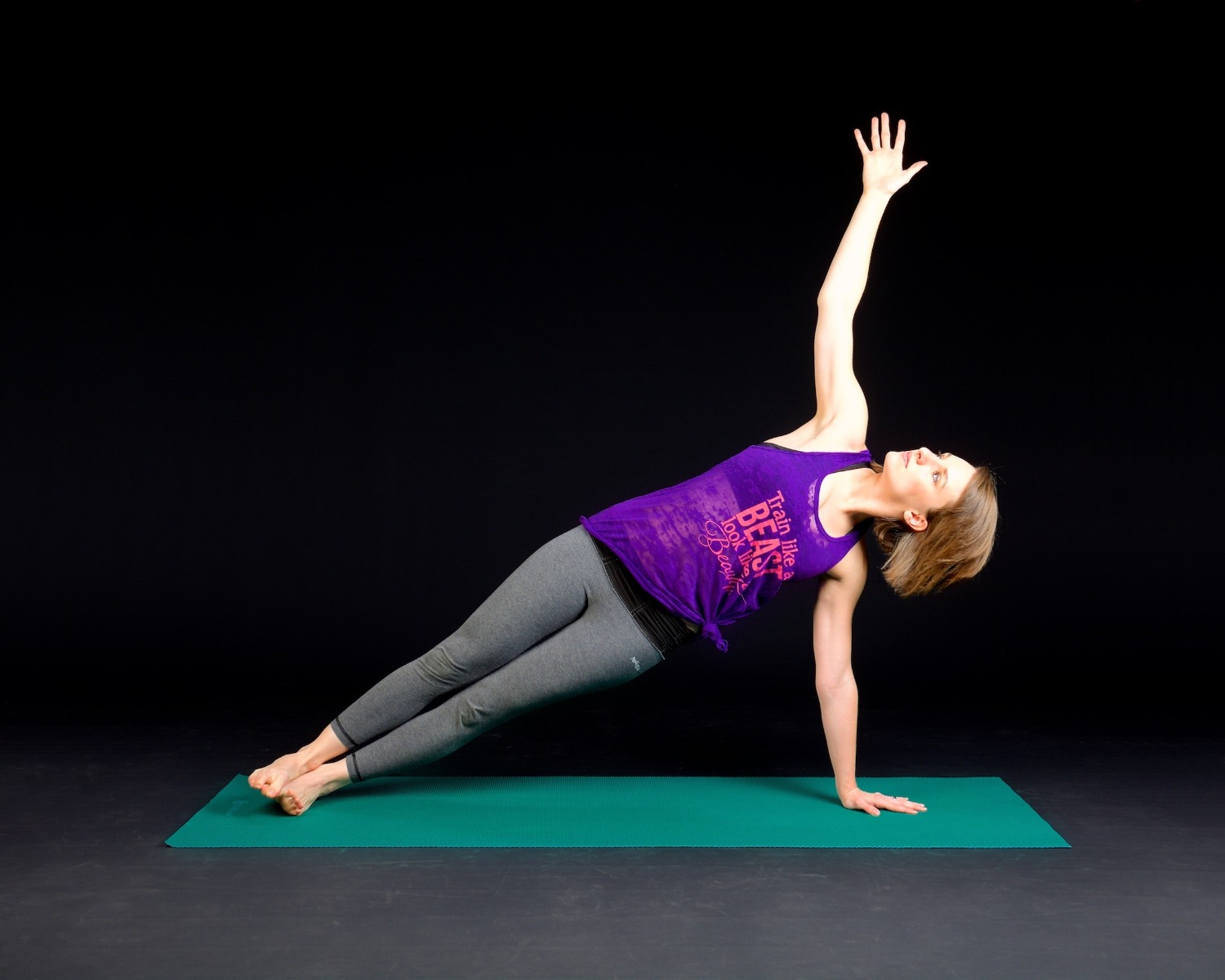 A strong core is essential to our overall physical health, but chief among these is our ability to stand upright, bend forwards and backwards, twist our torso and most importantly balance ourselves. In fact, most falls among seniors can be mitigated with good core strength.
A strong core is essential to our overall physical health, but chief among these is our ability to stand upright, bend forwards and backwards, twist our torso and most importantly balance ourselves. In fact, most falls among seniors can be mitigated with good core strength.
To further complicate matters rebuilding core strength post-surgery means working with and around an open wound through the abdominal wall (i.e. the stoma). Slow and steady is the name of this recovery game. To start, always gain agreement from your surgeon regarding an exercise program. Once you have the all clear, typically 12 to 15 weeks post-op, you can start the slow progression of exercises. The good news is that almost all core exercises can be modified for the recovering patient or added to for the expert fitness enthusiast. Any good trainer can help you with this. Make sure you have a good means of abdominal support, such as a Stealth Belt with compression.
Before you start working your core, the first step is to walk. Walk. Walk. And walk some more. In fact, the nurses in the recovery unit probably had you up and walking within a few hours of your surgery. After 12 weeks of ambling around the house you should be ready to take it outside or onto the treadmill, where you can build intensity and distance. 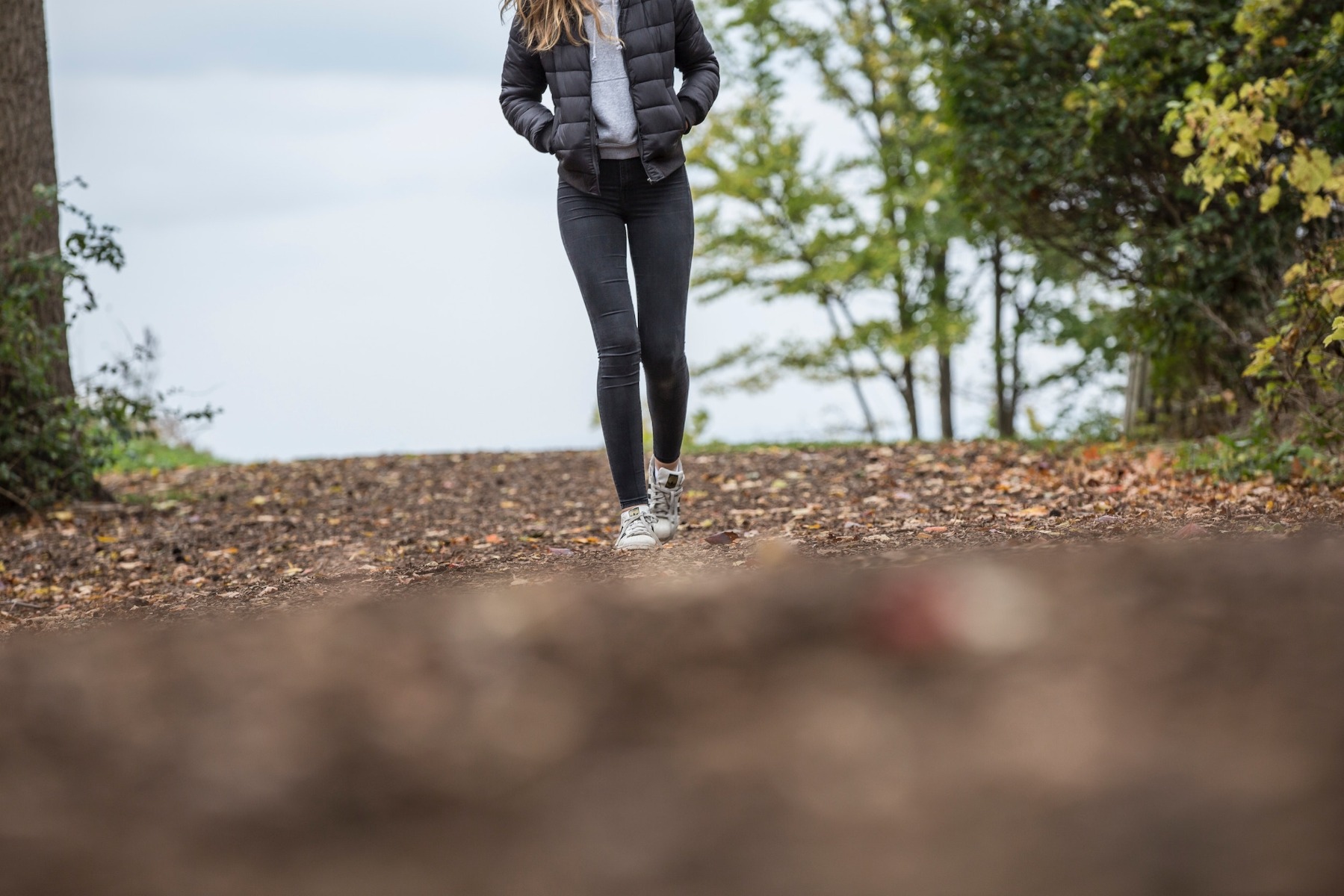 The general rule of thumb is to not exceed a total 10% increase in any one week. So, if you are used to walking 2 kilometers (1.2 miles) three times per week then you can increase a total of 200 meters (or 2.2 kms) for the week. Then in the following week, add another 10% (which would be an additional 220 meters added to the 2.2 kms and so on). You can do this by making each walk a little longer or by adding a 4 th walk-day. Further you can start to measure your intensity either by using a heart rate monitor or the RPE (rate of perceived exertion) scale. The RPE scale is based on how YOU perceive you are working, with 1 being no effort at all (sitting) to 10 being an all-out, I’m-being- chased-by- a-bear, sprint. So, if your 2 km walk was more like a stroll, then you want to increase your intensity either by walking faster or increasing the incline slightly. You should feel like you are working with a bit of an effort to breathe, but you should still be able to carry on a conversation. You should feel warm, with a slight sweat. I would call this an RPE of 2 or 3.
The general rule of thumb is to not exceed a total 10% increase in any one week. So, if you are used to walking 2 kilometers (1.2 miles) three times per week then you can increase a total of 200 meters (or 2.2 kms) for the week. Then in the following week, add another 10% (which would be an additional 220 meters added to the 2.2 kms and so on). You can do this by making each walk a little longer or by adding a 4 th walk-day. Further you can start to measure your intensity either by using a heart rate monitor or the RPE (rate of perceived exertion) scale. The RPE scale is based on how YOU perceive you are working, with 1 being no effort at all (sitting) to 10 being an all-out, I’m-being- chased-by- a-bear, sprint. So, if your 2 km walk was more like a stroll, then you want to increase your intensity either by walking faster or increasing the incline slightly. You should feel like you are working with a bit of an effort to breathe, but you should still be able to carry on a conversation. You should feel warm, with a slight sweat. I would call this an RPE of 2 or 3.
After a few weeks of walking, you will have a baseline fitness that will enable you to begin a strength program. But, be patient with yourself. Your muscles have been severely injured and are only now repaired. It is here that I like to do what I call passive core strength training. An exercise ball or even a Bosu ball is an excellent tool to start with. You will not be doing sit ups during this rebuild phase. If you are unsure of how to begin, I strongly recommend hiring a certified personal trainer or licensed physical therapist with expertise in abdominal recovery and even better, someone who has experience with Ostomates. Below is a sampling of the program I created and used to get back to cycling and cross country skiing (both rather core intensive activities):
Recovering
1. Sit on the ball for 10 to 15 minutes. Do this every day or every other day—only if you are comfortable, i.e. no pain. The wider apart your knees, the more secure you are on the ball (i.e. easier the effort). Work up to 30 minutes every day. As you feel more comfortable, bring your knees closer together (less stable = more effort). Your arms can be at your side or stretched out for additional balance. (5x week)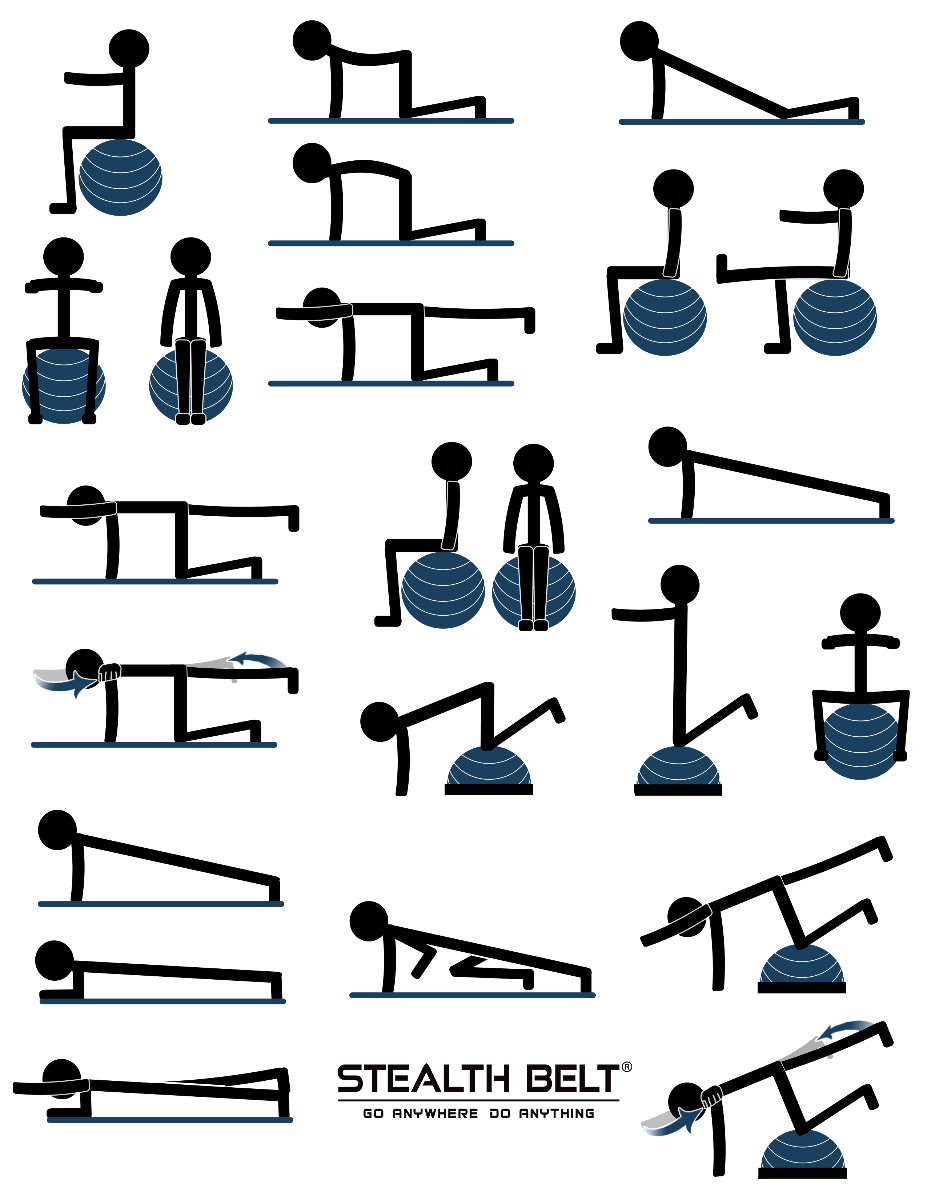
2. On your yoga mat, get down on hands and knees. Hands should be directly under your shoulders and knees should be directly under your hips. You can do several cat/cow poses to warm up your spine. When ready, reach forward with your right arm and hold for a count of 15. When you feel stable, also extend your left leg so that you are balancing on your left arm/right leg. Hold for 15 to 30 seconds. Change sides. POINTER DOG (3x week)
3.On your yoga mat, assume a modified push-up position with knees on the floor. Ensure your back is straight (i.e. keep your butt down). With arms extended, directly under shoulders, hold this modified plank for a count of 15 to 30. (3x week)
Beginning
1. Sit on ball for 30 minutes with knees together, hands at waist. (5x week)
2. Sit on the ball with knees together, hands at waist. Raise your right leg and left arm and hold for a count of 15 to 30. Change sides. Repeat sequence 3 times. If you are feeling strong, add a slight twist at the top of this motion. (5x week)
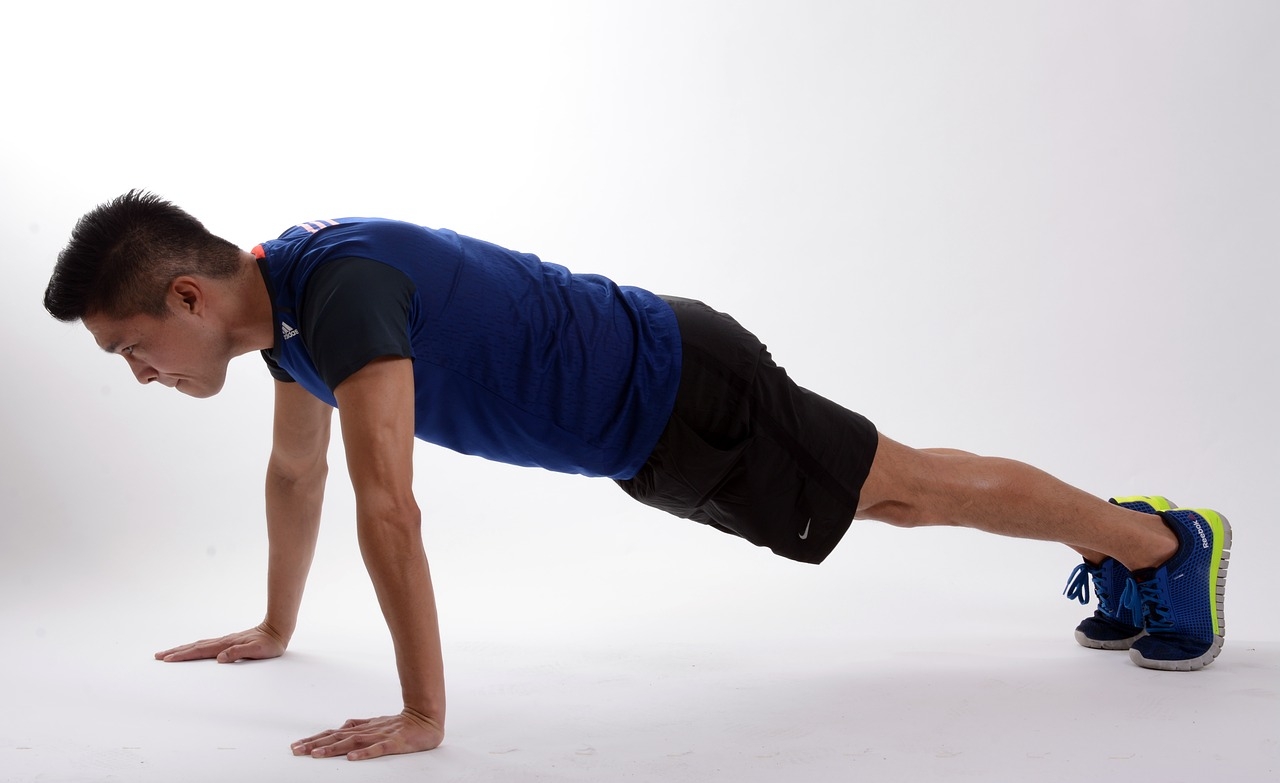
3.On your yoga mat, assume the pointer dog exercise position (from above). Extend right arm/left leg straight out and hold for a count of 15, now swingboth the arm and leg so that they are 90 degrees from the starting position and hold for another count of 15. Return them to the floor and do the same on the other side. POINTER DOG MODIFIED (3x week)
4. On your yoga mat, assume the regular push-up position. Ensure your back is straight (i.e. keep your butt down). With arms extended, directly under shoulders,hold this plank for a count of 15 to 30. Repeat 3X. (3x week)
Developing
1. Sit on ball for 45 minutes with knees together, hands at waist.
2. Sit on the ball with knees as far apart as possible (like riding a horse). Use your inner thighs to “grip” the ball and attempt to balance with feet off the floor. You can raise your arms and use them for balance.
3. After sufficient warm-up, kneel on ball with knees and hands hip and shoulder width apart. Attempt to balance on the ball (i.e. no feet touching the floor). Hold for 15 to 30 seconds. When confident and when in a safe environment, attempt to raise your upper body so that you are kneeling upright on the ball. Hold for a count of 30. Repeat 3X
4. On your yoga mat, assume the pointer dog exercise position (from above). Extend right arm/left leg straight out and hold for a count of 15, now swing both the arm and leg so that they are 90 degrees from the starting position and hold for another count of 15. Return them to the floor and do the same on the other side. POINTER DOG MODIFIED
5. On your yoga mat, assume the regular push-up position, with arms directly under shoulders. Ensure your back is straight (i.e. keep your butt down). Drop to the elbows and hold this traditional plank for a count of 15 to 30. Repeat 3X. PLANK
Expert
1. Sit on ball for 60 minutes with knees together. (5x week)
2. On your balance ball or Bosu ball, assume the pointer dog exercise position (from above), with hands should-width apart on the ball and knees, hip-width apart on the ball. Find your balance before you begin. Now, extend right arm/left leg straight out and hold for a count of 15 to 30. Repeat with other side. When ready, add the 90 degrees from the starting position and hold for another count of 15. BALL POINTER DOG (3x week)
3. On your yoga mat, assume the regular push-up position, with arms directly under shoulders. Ensure your back is straight (i.e. keep your butt down). Now attempt pointer dog right arm/left leg raise. Hold for count of 15. Repeat other side. POINTER/PLANK (3x week)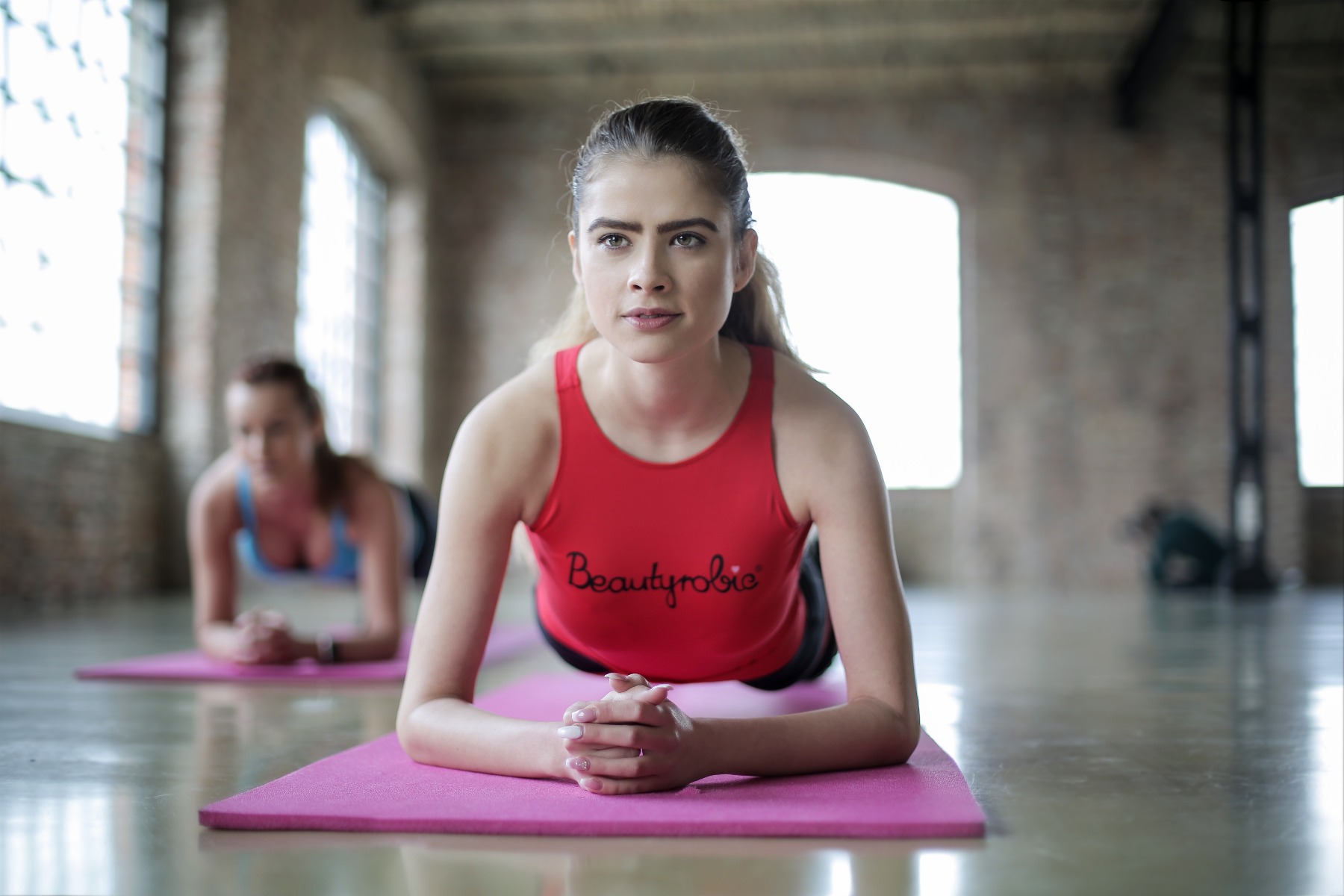
4. On your yoga mat, assume the regular push-up position, with arms directly under shoulders. Ensure your back is straight (i.e. keep your butt down). Drop to the elbows and hold this traditional plank for a count of 15 to 30. Repeat 3X. Example (3x week)
5. Next, raise your right knee to touch your right elbow. Repeat 15X. Do the same on the left side. This can be done from the elbow position or with straight arms. MOUNTAIN CLIMBERS. (3x week)
As with all exercise programs it is best to work with a professional. The good ones have been trained to guide you through the myriad progressions and to ensure you are not injuring yourself. The last thing you want is to tear, or herniate, the incision or any other part of the abdominal wall. With that, if at any time you feel pain during an exercise STOP. Do not “power through” any pain. You may feel discomfort initially because your muscles will have atrophied during recovery, but that is very different from pain. Again, this is where a pro will be helpful.
Good luck and happy training!

Trish is a graduate of the Canadian School of Natural Nutrition and a Personal Trainer. In 2012, she was diagnosed with stage-4 colon cancer and after six months of chemotherapy, underwent several lifesaving surgeries. Today, Trish draws from her experience and education to empower others to survive and thrive. She writes for Your Health and Fitness Matters Magazine and she is the principle consultant for In The Bag Nutrition, which is dedicated to helping patients with ostomies, or resected GI tracts, to eat healthfully, exercise safely and to embrace life fully.
